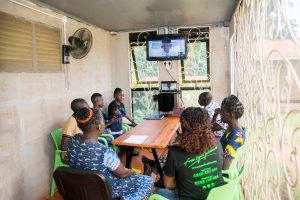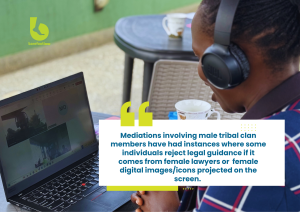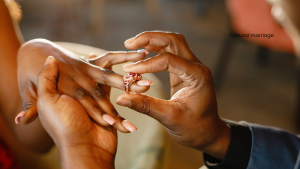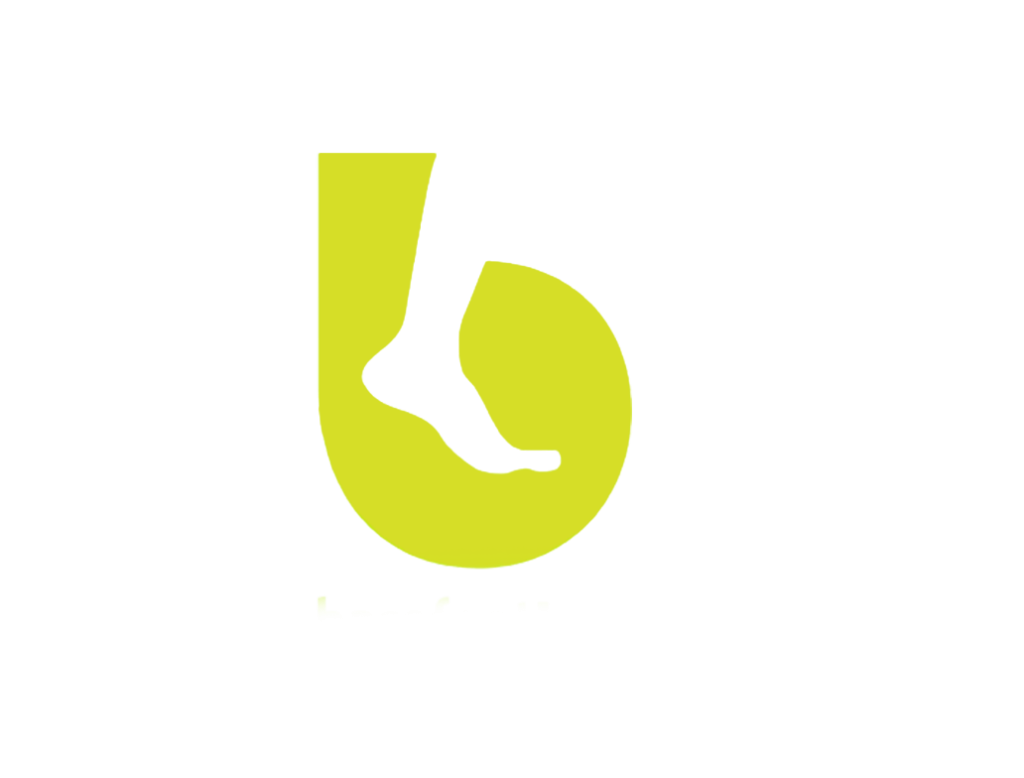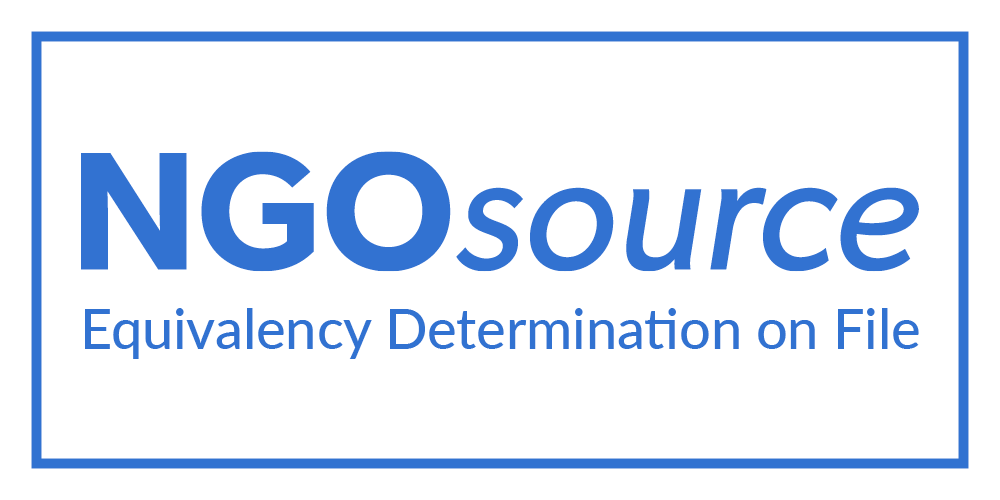By Winnifred Acio
In many Ugandan cultures, gender roles are distinctly defined. Men are traditionally viewed as leaders, breadwinners, and heads of the family, receiving respect and occupying most leadership positions in the cultural and political spheres. Women, on the other hand, are often the nurturers, caregivers, and mothers valued for their gentleness and supportive roles, usually within the home. While they are honoured for these roles within the community, cultural norms generally dictate that they cannot assume the roles designated for men. From this cultural perspective, men are expected to lead and make decisions, while women are usually expected to follow.
This perception extends to the justice sector, influencing how legal services are received, particularly in grassroots communities. In many cases, men are expected to lead in every decision-making venture, including in legal hearings, while women’s voices are considered secondary. This bias has shaped people’s expectations of legal professionals and their willingness to accept legal guidance based on the gender of the lawyer providing it.
How BarefootLaw’s Legal Tech Model Works
To bridge the access to justice gap, BarefootLaw positioned BarefootLaw Boxes in Bala (Kole District), Paicho (Gulu District), and Nsinze Town Council (Namutumba District). These community justice points provide free legal consultations, mediations, and guidance on various issues, including child maintenance, Domestic violence, and Land disputes, among many others.
What makes the BrefootLaw Boxes unique, however, is their technology-driven approach. While community members visit the physical BarefootLaw Boxes, legal assistance and guidance are provided virtually via Microsoft Teams. Individuals seeking help connect with lawyers remotely through video or voice calls without any direct physical interaction with the lawyers. The people served, therefore, interact and speak with the digital images of the lawyer handling the case.
The Unexpected Challenge
Despite its convenience and accessibility, this technology-based model has revealed underlying gender biases. In some cases, people specifically request male lawyers to handle their cases, believing that men are more educated, knowledgeable, authoritative and better adapted to handle and hear their legal matters.
A particularly striking example is when handling customary land matters, where land is traditionally inherited through the male lineage. During some of the mediations involving tribal clan members, there have been instances where some individuals reject legal guidance if it comes from female lawyers or in this case, female digital images given through Video or voice calls. Some traditional clan elders have also often preferred male lawyers or male digital images on the screen, believing they align more with their traditions and reinforce their customs. Similarly, some clients disregard legal guidance entirely if delivered by a lawyer with a female digital image or voice, assuming they lack authority on the issue, further reinforcing the preference for male digital representations in such cases.
These challenges illustrate how gender norms continue to influence trust and perception even in a digital space where physical presence is removed.
The Road Ahead
While technology can bridge gaps in access to justice, we realise that it cannot function as a one-size-fits-all solution. Each community has unique cultural and traditional beliefs, and these must be understood when designing legal tech solutions.
Understanding these cultural contexts is crucial to ensuring that technology effectively serves diverse communities. One possible approach is allowing users to select the gender or digital image of the lawyer handling their case, regardless of the actual lawyer providing the service. Additionally, AI-generated voices tailored to societal expectations could help build trust in virtual legal services.
This, on its own, could however, also present another dilemma. A dilemma where technology could potentially perpetuate existing gender stereotypes. We recognise that innovation should be a tool for transformation, ensuring that legal services promote equal access to justice for all. Our way forward thus includes a remedy of exposure therapy. To challenge and gradually shift cultural biases, legal tech solutions should introduce users to diverse representations of legal professionals and, in this case, different gender digital images. By allowing users to initially choose AI voices and images that align with their cultural expectations, and then progressively exposing them to a wider range of gender and identity representations, technology can help normalize diverse legal service providers. We believe that this approach will ensure that while cultural sensitivities are acknowledged, legal innovation does not reinforce existing gender stereotypes.
Conclusion
Technology has the power to break down barriers and bridge justice gaps, but its true potential lies in how it is designed and implemented. The experience with BarefootLaw’s legal tech model highlights that even in digital spaces, deep-seated cultural gender biases persist. However, this challenge presents an opportunity, an opportunity to reshape perceptions, foster inclusivity, and gradually shift societal norms.


